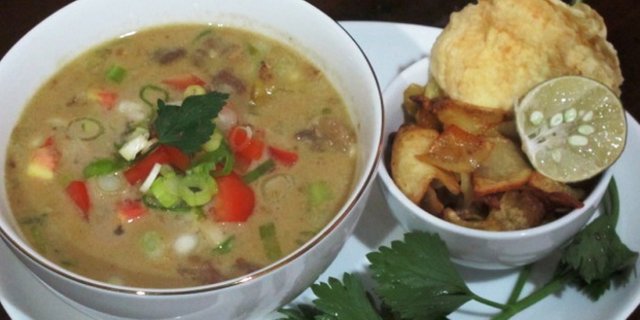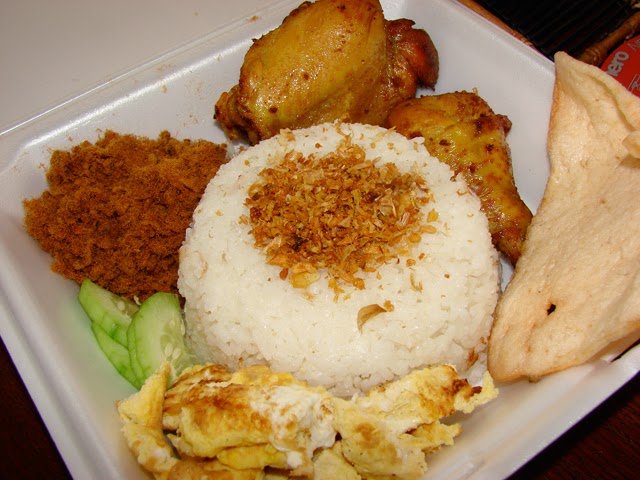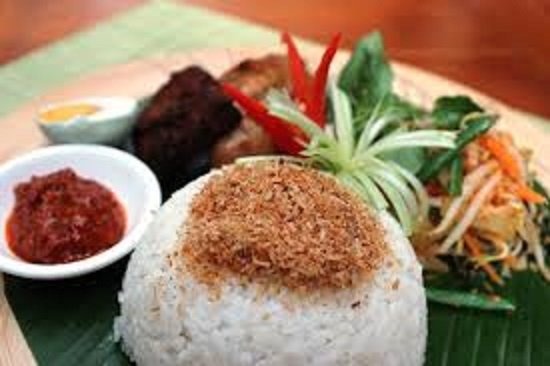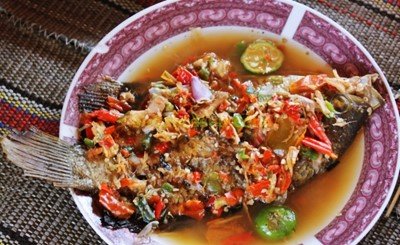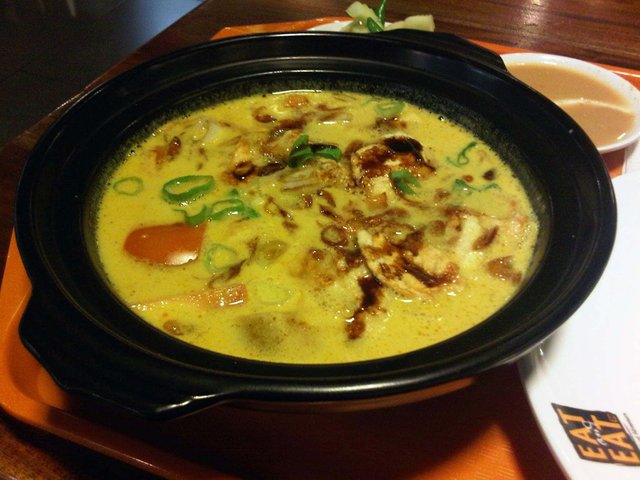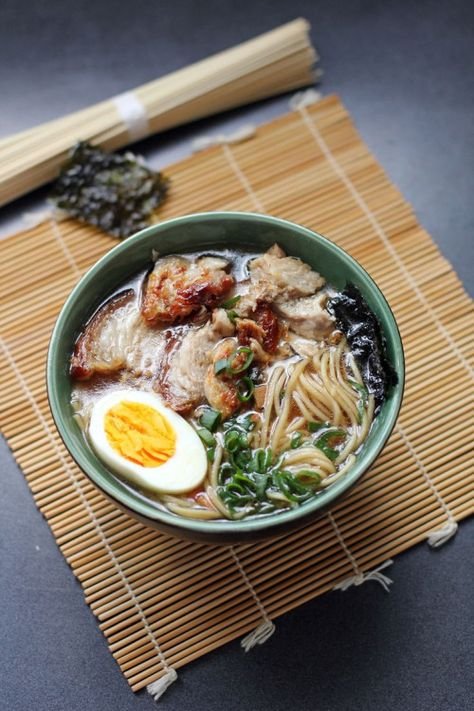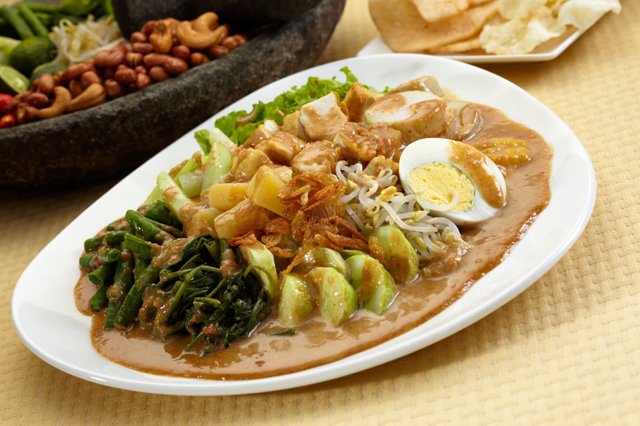History of Betawi Culinary
As mentioned above, the history of Betawi is strongly influenced by the culture and lifestyle of Betawi people. We can see this from the variety of typical culinary betawi. Betawi culinary gets a lot of influence from other cultures like Chinese, Arab and European culture.
The influence of Chinese culture can be seen from the use of tofu and fish such as cing cuan fish. The fish cing cuan itself is a yellow tail fish cooked with tauco spice. Beef jerky and fried rice noodles commonly eaten with rice uduk also have the influence of Chinese culture. While the influence of Arab culture can be seen from culinary kebuli or Gule rice. And the influence of European culture can be seen in culinary such as jengkol sticks and lapis legit influenced by steak and cake from Europe at that time. Semur has a resemblance to Calderada from Portugal and is also similar to most Dutch dishes cooked by boiling. Cuttlefish is also a culinary heritage with Dutch cultural influences. Here are some other favorite culinary betawi other than soto betawi.1. Rice Uduk
Rice uduk feels has become favorite breakfast menu many families in Indonesia. You can find uduk rice in many corner of Jakarta. Nasi uduk is rice which is included with coconut milk and seasoning like salt, lemongrass leaves, lemon leaves and bay leaf. Nasi uduk usually eaten with fried chicken, omelet, dried tempe, abon and pelegkap other. Do not forget other uduk rice friends like chips, crackers, cucumbers, fried onions and peanut sauce are delicious.2. Rice Ulam
In addition to rice uduk, Betawi also has a culinary rice ulam. In contrast to uduk rice, rice is not cooked with coconut milk, but only ordinary rice. Nasi ulam is sprinkled with delectable coconut serundeng. Friends eat rice ulam is fried tempeh, omelet, bean sprouts, cucumber and clover leaves. Other complementary such as chips and fried onions can not be left behind.3. Pindang Bandeng
Pindang bandeng is a typical betawi breakfast menu. Pindang bandeng is a culinary seeprti stews with the addition of star fruit wuluh. Historically, the Betawi people had prepared the pindang bandeng from the afternoon of the previous day to eat the next morning. Usually they eat a warm milkfish pindang with rice last night. The taste of pindang bandeng is delicious and fresh from star fruit wuluh. Very enjoyable with white rice as a typical breakfast menu Betawi.4. Gurame Pecak & Cork Pucung
These two culinary are other Betawi culinary which is also interesting to discuss. Gurame crackers are fish cooked with delicious sauce. Cracked shell looks like spice salad with yellow color and thick coconut milk. While cork pucung is a fish berkuah with blackish gravy, this pork cork is made from pucung or kluwak. At a glance pork cork has a gravy similar to rawon sauce, typical food from East Java. Both of these fish made with tasty and delicious flavor.5. Ketupat Babanci and Ketupat Sayur
Ketupak babanci is a typical Betawi cuisine that is very rare and no longer sells. This ketupak eaten with coconut milk containing beef and given various spices such as pecan, red onion, garlic, chili, and fruit jali-jali. Unfortunately jali jali fruit is no longer tumbu in Jakarta. While Ketupat vegetable is a ketupat served with vegetables or papaya laby freshly diluted with coconut milk cooked with herbs kemiri, turmeric, onion, garlic and ebi pieces. Usually also enjoyed with chicken pieces of vegetables and also added with crackers.6. Soto Tangkar, Sop Buntut & Sop Kaki Cow
Soto Tangkar is soto berkuah coconut milk that contains the tangkar (pieces of rib meat ribs), while oxtail soup is a soup dish from oxtail bone and Sop Kaki Sapi also soup from cow leg bone. History of the birth of soup and soup originated at the time of Dutch colonialism. At that time, the Betawi people could only afford to buy anchors, oxtails and cow legs that were only slightly fleshy and then processed into a good dish. But now Soto Tangkar can be added with meat and various offal of beef cattle according to taste. Although the sauce uses coconut milk, Soto Tangkar does not belong to the "heavy" category. Another case of oxtail soup and beef legs cooked without coconut milk so that more clear but more broth beef. These three dishes are strongly influenced by Dutch culture.7. Porridge Ase
Betawi typical food is also very rare seller. The term "Ase" itself means a watery gravy. Ase porridge is rice porridge eaten with gravy stew, tetelan, pieces of tofu and potatoes. Then there are additional pieces of cucumber, radish, chive, chicory, sprouts and a little vinegar. As a complement sprinkled with fried peanuts, emping and crackers, as well as red chili sauce pepper diulek.8. Gado-Gado and Ketoprak
If both of these foods of course you are familiar. Gado gado and ketoprak are two typical foods that still exist today. Different gado gado with ketoprak is in Ketoprak there is no vegetables like in Gado-gado. Ketoprak consists only of lontong or ketupat, sprouts, wet rice noodles, ketupat pieces of fried tofu, which is doused with peanut sauce. Ketoprak nut spice on garlic more so the smell is more stinging. In addition Ketoprak added sweet soy sauce and of course crackers. Ketoprak is also usually sold around with a wheelbarrow. With the cheap price of food containing lontong or ketupat, tofu, sprouts, vermicelli, crackers and peanut spice is a mainstay of Jakarta people like meatball.[1]So that's the history of soto betawi is very famous and often sought during a visit to Jakarta. But in addition to soto betawi, you can also enjoy some typical dish of other Betawi that is not less delicious and delicious.
Thank for visiting my blog and my be usefull
